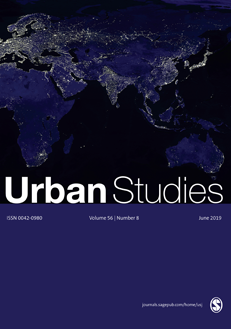Journals

Urban Studies – Special Issue: Global Urban Frontiers? Asian Cities in Theory, Practice and Imagination (Vol. 49 No. 13)
| Author | : | BUNNELL Tim, GOH Daniel P.S.. LAI Chee-Kien & Pow C.P. (guest eds) |
| Publication Date | : | Oct / 2012 |
| Publisher | : | Sage Journals |
There continues to be a disjuncture between the world’s shifting urban centre of gravity and the location of cities from which knowledge about our increasingly urban world is derived. On the one hand, according to recent UN-HABITAT figures, cities in the Asia-Pacific are now home to around half of the world’s urban population. In addition, 12 of the world’s 21 mega cities (defined as those with populations of 10 million or more) are found in that region (UN-HABITAT, 2010). On the other hand, however, the cities which are taken as paradigmatic (most infamously Los Angeles in terms of post-modern urbanism) or as somehow leading edge (for example, London or New York as world cities in an era of economic globalisation) continue be concentrated in western Europe and North America (see alsoEdensor and Jayne, 2012). Clearly this is changing following influential calls to take seriously a greater diversity of cities from a wider range a regions in (re)theorising the urban (Robinson, 2006), or to foster ‘new geographies of theory’ (Roy, 2009) in urban studies. This Special Issue is intended as a contribution to such changes in the geography of urban knowledge production, focusing in particular on experiences in/from Asia. How might that region’s position and significance in Anglophone urban studies be made more commensurate with the global distribution of urban settlements and populations?
From ARI co-organised workshop “Global Urban Frontiers: Asian Cities in Theory, Practice and Imagination”, 8-9 September 2010.

